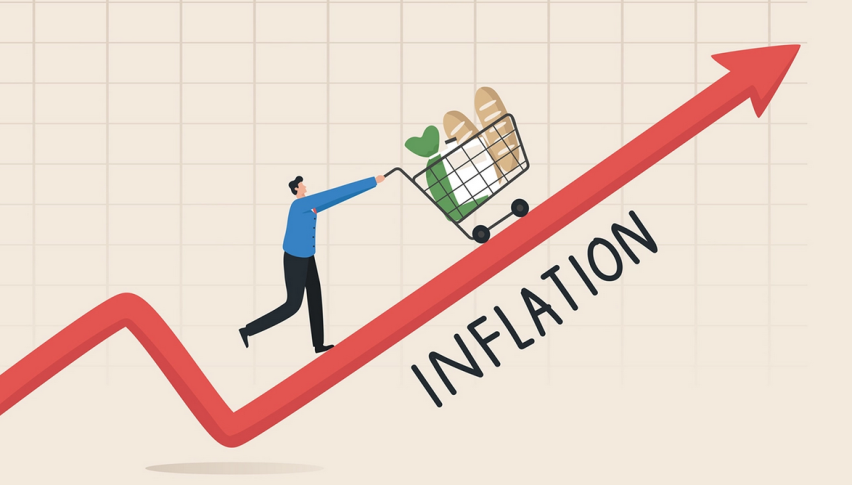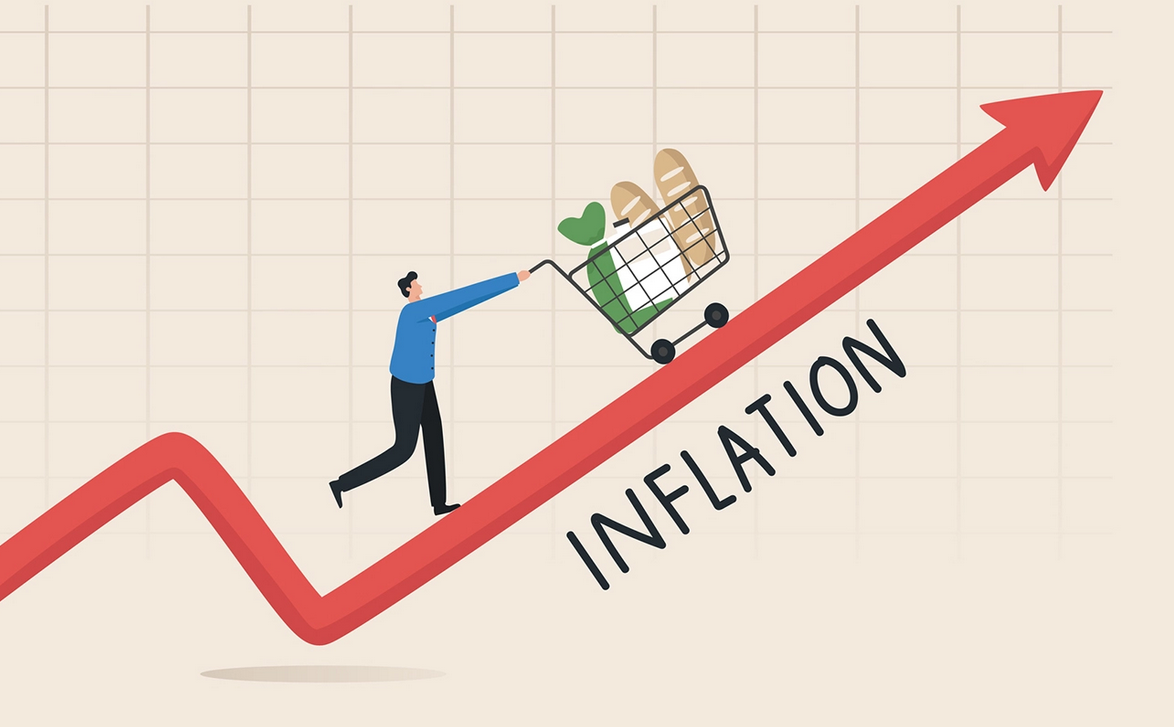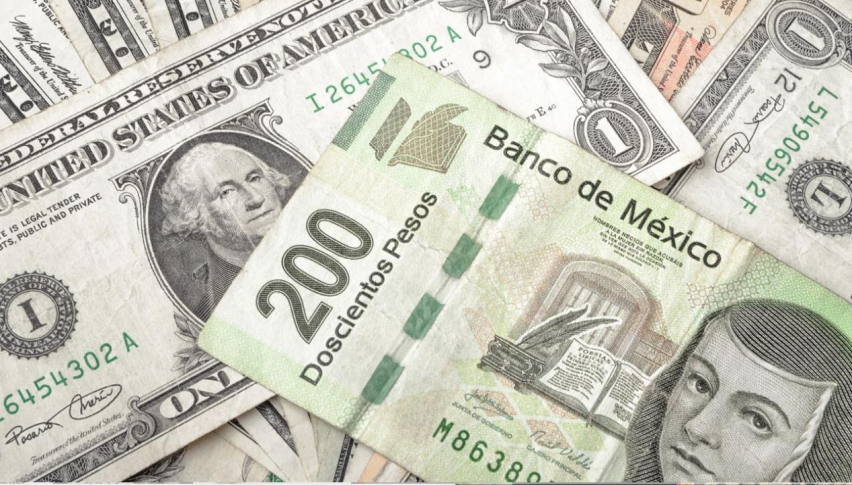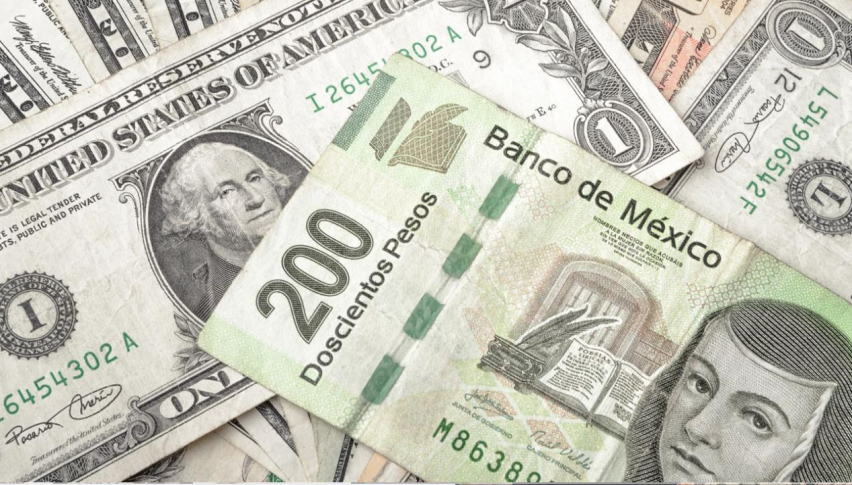Argentina: Inflation just hit more than 250% YoY
Inflation reached 20.6%, accumulating to 254.2% over the last 12 months, as reported by the National Institute of Statistics.

Argentina: Inflation just hit more than 250% YoY
Argentina is currently grappling with soaring inflation rates, which have surged to over 250% year-over-year.

In January, inflation reached 20.6%, accumulating to 254.2% over the last 12 months, as reported by the National Institute of Statistics and Census (INDEC) on Thursday. This monthly figure was 4.9 percentage points lower than the peak recorded in December.
The monthly inflation rate ended just below the market projection, which estimated it would stand at 21.9%, according to the Market Expectations Survey (REM) published by the Central Bank of the Argentine Republic (BCRA).
The highest increases were seen in food, transportation, and healthcare, all essential and irreplaceable expenses. All of them are close to around 50%, and the situation is more complex when compared to the suspension of retirements as well as social programs and the minimum wage.
In a statement, the Ministry of Economy asserted that “the January figure still carries a high statistical carryover from December,” which it attributes to the “inherited monetary overhang” and the “realignment of relative prices,” which occurred with the 54% devaluation of the peso during the first week of Milei’s administration.
However, the document emphasizes that “the pass-through to prices from the December devaluation was much lower than that of the exchange rate jump in August of last year.”
At the category level, Regulated goods (26.6%) led the increase followed by Core CPI (20.2%), while Seasonal recorded an increase of 16.2%, 4.4 percentage points below the average. The division with the highest incidence in all regions was Food and non-alcoholic beverages (20.4%). Within the division, increases in Meats and derivatives and Bread and cereals stand out.
In light of more positive forecasts regarding inflation, the Ministry of Economy’s statement mentions that “the economic program being carried out aims to sustain and deepen this disinflationary scenario.” In this regard, it explains: “The combination of fiscal, monetary, and exchange rate anchors, along with normalization in foreign trade, ensures a declining inflationary trajectory.”
- Check out our free forex signals
- Follow the top economic events on FX Leaders economic calendar
- Trade better, discover more Forex Trading Strategies
- Open a FREE Trading Account


